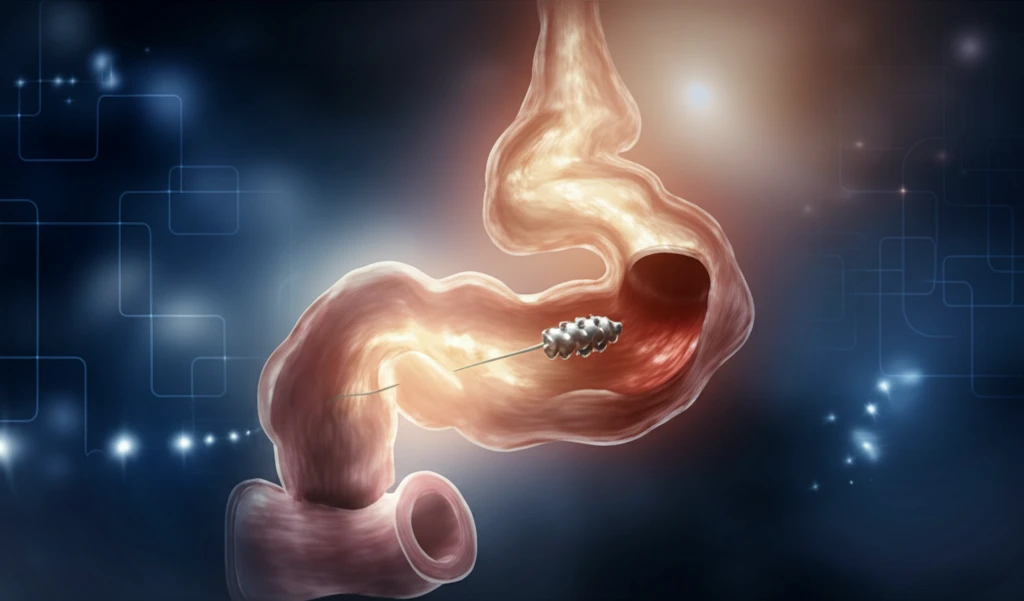
Unblocking Hope: How Stents Offer Relief for Chronic Pancreatitis
"Discover how a specific type of pancreatic stent can effectively treat duct strictures and stones, improving the lives of those suffering from chronic pancreatitis."
Chronic pancreatitis is a persistent and often debilitating condition marked by inflammation and pain. This pain stems from increased pressure within the pancreatic ducts, frequently due to obstructions. Imagine a backed-up drain – that’s similar to what happens in the pancreas, leading to discomfort and a lower quality of life for many.
One promising solution is endoscopic pancreatic duct stenting. This involves placing a small tube (a stent) in the pancreatic duct to keep it open, allowing fluids to flow freely. While various types of stents exist, the 10Fr S-type plastic pancreatic stent has shown particular promise. This type of stent is designed to address both short-term and long-term relief from the pain associated with severe chronic pancreatitis.
A recent study investigated the effectiveness of these specific stents in patients with pancreatic duct strictures and stones. By understanding the outcomes, we can better assess the value of this treatment option for those battling chronic pancreatitis. The study aimed to provide insights into how these stents can improve patient outcomes and manage this challenging condition effectively.
How Effective Are 10Fr S-Type Stents in Treating Chronic Pancreatitis?

The study focused on 59 patients with chronic pancreatitis who underwent placement of 10Fr S-type pancreatic stents. These patients were closely monitored for over a year to evaluate the success of the stenting procedure. The process involved a few key steps, starting with confirming that the strictures weren't cancerous through cytology. Then, after gradually widening the pancreatic duct, the 10Fr stent was inserted.
- High Success Rate: Stents were successfully placed in 69.5% of patients (41 out of 59).
- Significant Pain Relief: An impressive 90.2% (37 out of 41) of patients experienced relief from their pain.
- Restenosis Rate: While effective, 41.5% (17 patients) experienced a recurrence of the duct stricture. However, restenting was successfully performed in 16 of these patients.
- Cancer Monitoring: During the study, three patients (5.1%) developed pancreatic cancer, highlighting the importance of ongoing monitoring.
The Takeaway: A Promising Tool for Managing Chronic Pancreatitis
The study reinforces that using 10Fr S-type plastic pancreatic stents, with routine exchanges, is an effective strategy for managing chronic pancreatitis. It offers both short-term and long-term benefits for patients dealing with benign pancreatic duct strictures and impacted pancreatic stones, making it a valuable option in the fight against this challenging condition. Continuous research and improvements in stent technology promise even better outcomes for patients in the future.
